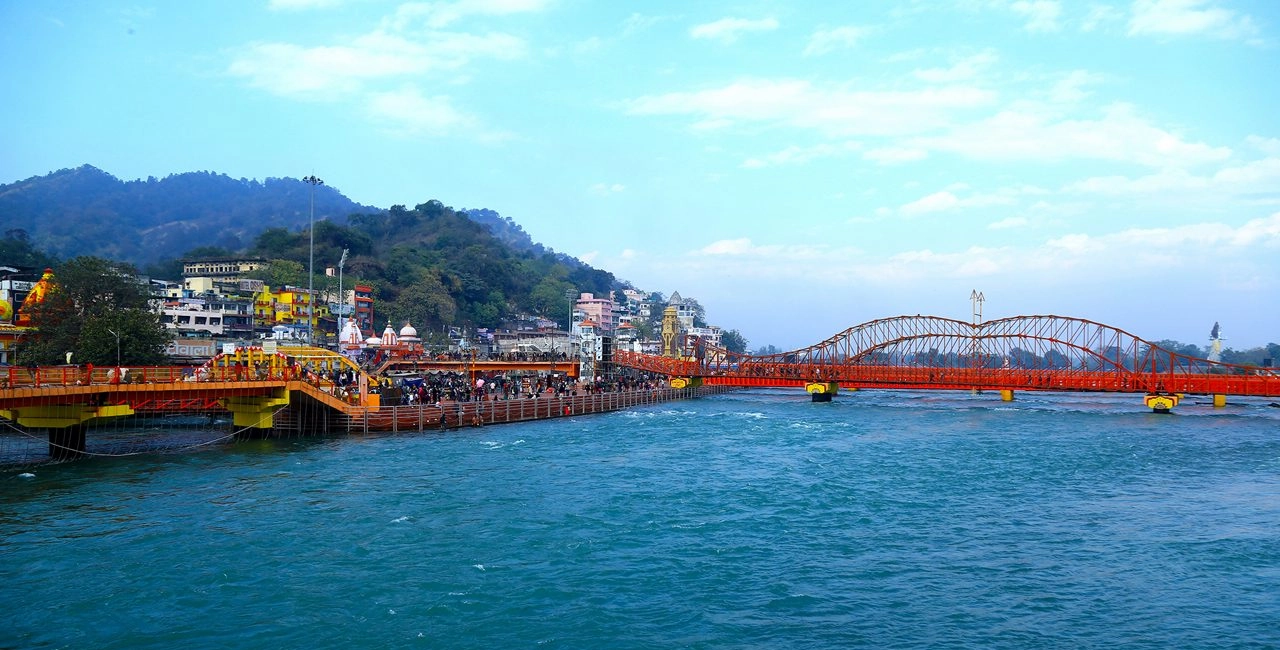Nestled in the Garhwal Himalayas of Uttarakhand, Kedarnath is one of the most revered pilgrimage sites in India. Known for its ancient temple dedicated to Lord Shiva, this sacred town is part of the Char Dham Yatra and is one of the twelve Jyotirlingas. Situated at an altitude of 3,583 meters (11,755 feet) above sea level, Kedarnath is surrounded by snow-capped peaks and offers a spiritual and scenic retreat for devotees and nature enthusiasts alike.
The Spiritual Significance of Kedarnath
Kedarnath holds immense religious significance in Hindu mythology. According to legend, after the great Kurukshetra war, the Pandavas sought the blessings of Lord Shiva to absolve their sins. Shiva, however, eluded them and took the form of a bull. When the Pandavas finally caught up with him in Kedarnath, he dived into the ground, leaving his hump behind, which is now worshipped in the Kedarnath Temple. Other parts of his body appeared at four other sites, collectively known as the Panch Kedar.
The Kedarnath Temple, believed to have been built by the Pandavas and later renovated by Adi Shankaracharya in the 8th century, is an architectural marvel. The temple is constructed using massive stone slabs, which have withstood the test of time and harsh weather conditions. Despite being partially submerged during the catastrophic floods of 2013, the temple remained largely intact, further reinforcing the faith of devotees in its divine presence.
The Journey to Kedarnath
Reaching Kedarnath is an experience in itself. The pilgrimage begins at Gaurikund, from where devotees undertake a 16-kilometer trek to the temple. The trek, though challenging, is marked by breathtaking views of lush valleys, cascading waterfalls, and towering peaks. For those unable to walk, ponies and palanquins are available, and helicopter services offer an alternative for a quicker journey.
En route to Kedarnath, one can witness several spiritual and scenic spots. The hot water springs of Gaurikund, where Goddess Parvati is believed to have meditated, provide a rejuvenating stop before the trek. The Mandakini River flows alongside, adding to the divine aura of the journey.
Kedarnath Temple: An Architectural Wonder
The Kedarnath Temple is a symbol of ancient architectural excellence. Built with massive grey stone slabs, the temple stands against the backdrop of the majestic Kedarnath peak. The inner sanctum houses the conical-shaped Shiva Lingam, which is worshipped as Lord Shiva’s hump. Intricate carvings and inscriptions on the temple walls depict Hindu deities and mythological tales.
The temple remains open only for six months, from April/May to November, due to extreme weather conditions. During winter, the deity is shifted to Omkareshwar Temple in Ukhimath, where devotees continue to offer prayers.
Natural Beauty and Attractions Around Kedarnath
Apart from its spiritual significance, Kedarnath is blessed with awe-inspiring natural beauty. Some must-visit places near Kedarnath include:
- Vasuki Tal – A stunning glacial lake situated at 4,150 meters, offering panoramic views of the Chaukhamba peaks.
- Bhairavnath Temple – Located near Kedarnath, this temple is dedicated to Bhairav, the guardian deity of Kedarnath.
- Chorabari Tal (Gandhi Sarovar) – A serene lake where Mahatma Gandhi’s ashes were immersed.
- Sonprayag – A sacred confluence of the Basuki and Mandakini rivers, believed to be a place where devotees can attain spiritual purification.
The 2013 Kedarnath Floods and Revival
In June 2013, Kedarnath was severely affected by flash floods and landslides caused by a cloudburst. The devastation resulted in significant loss of life and property. However, the resilience of the people and the government’s efforts led to the successful restoration of the temple town. Today, improved infrastructure, better trekking routes, and enhanced safety measures ensure a smooth pilgrimage for devotees.
Best Time to Visit Kedarnath
The best time to visit Kedarnath is between May and October, when the temple is open to pilgrims. During this period, the weather is relatively pleasant, making the trek and sightseeing more comfortable. Winter months witness heavy snowfall, rendering the region inaccessible.
Conclusion
Kedarnath is not just a pilgrimage site; it is an embodiment of faith, devotion, and resilience. Whether it is the spiritual solace, the mesmerizing landscape, or the journey of self-discovery, Kedarnath offers an experience that remains etched in the hearts of those who visit. A trip to this sacred town is a blend of divinity and adventure, making it one of the most cherished spiritual destinations in India.


0 Comment